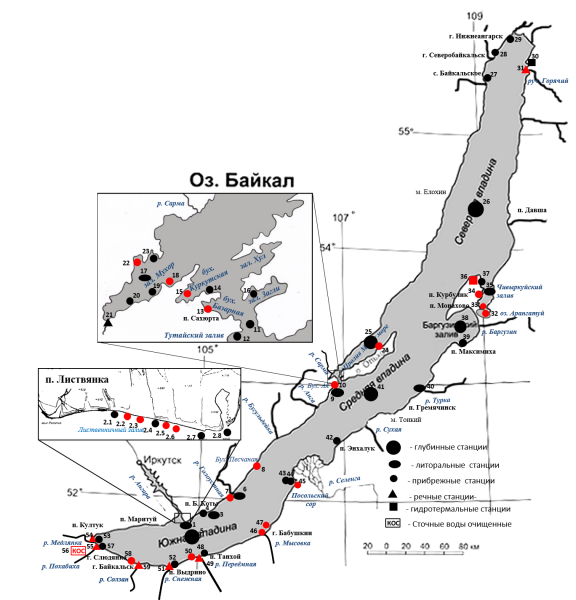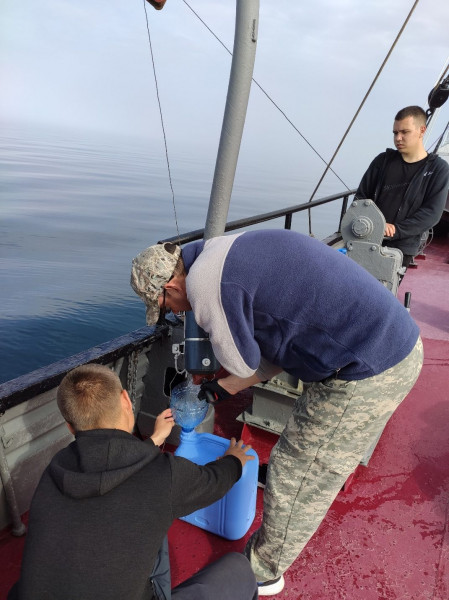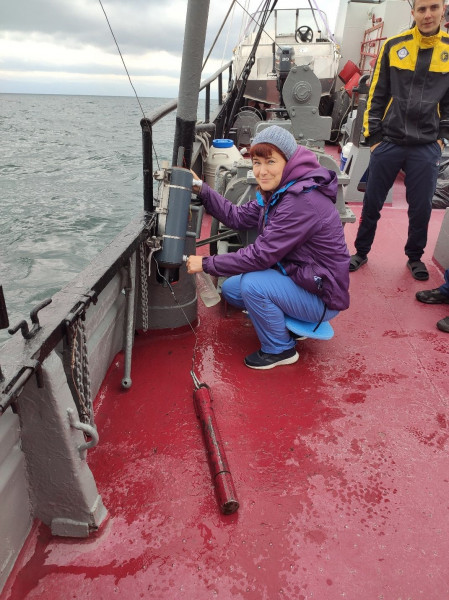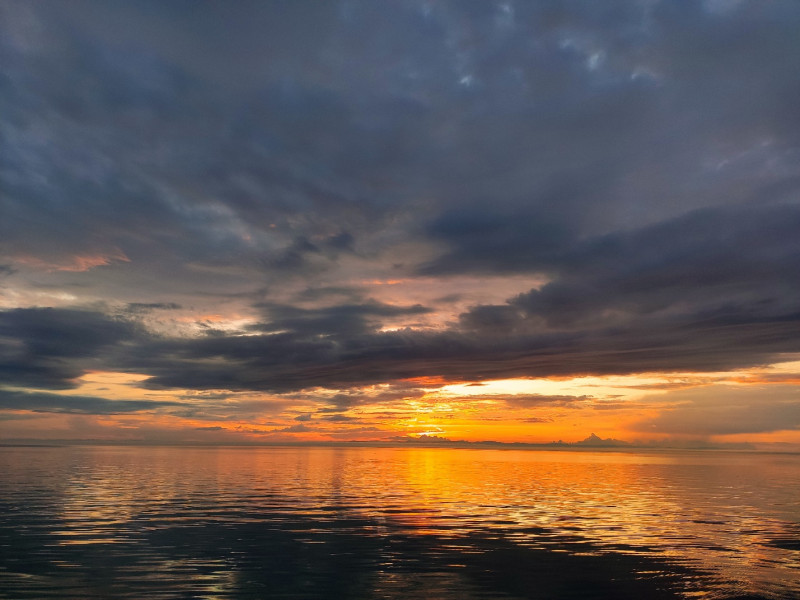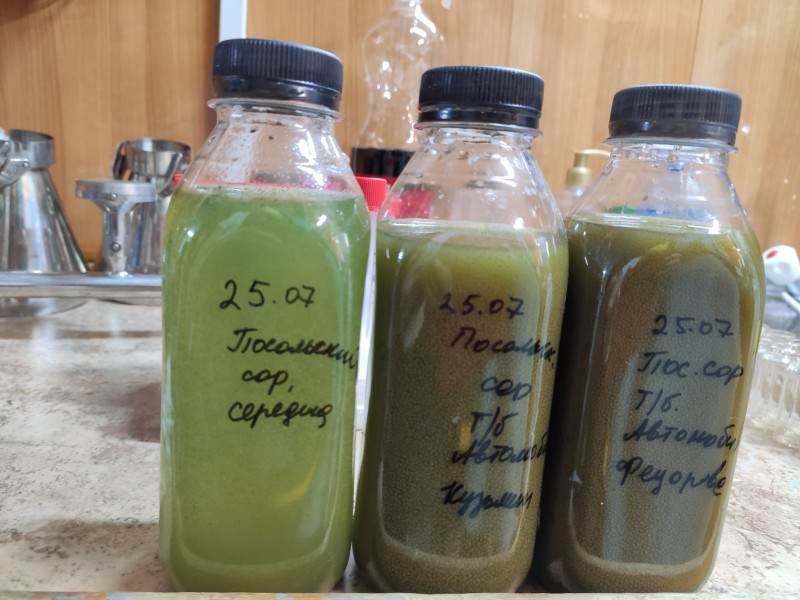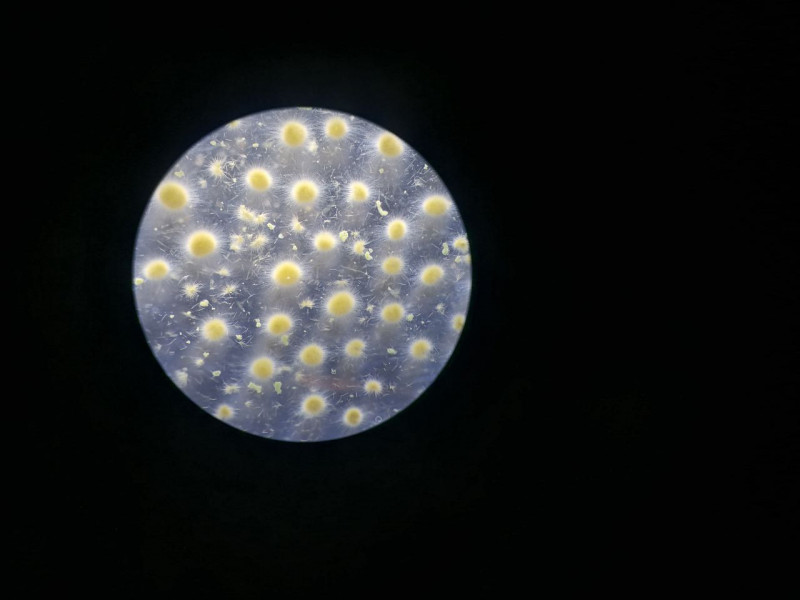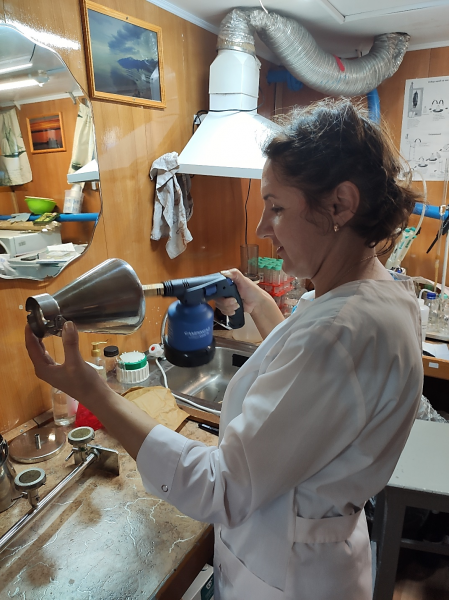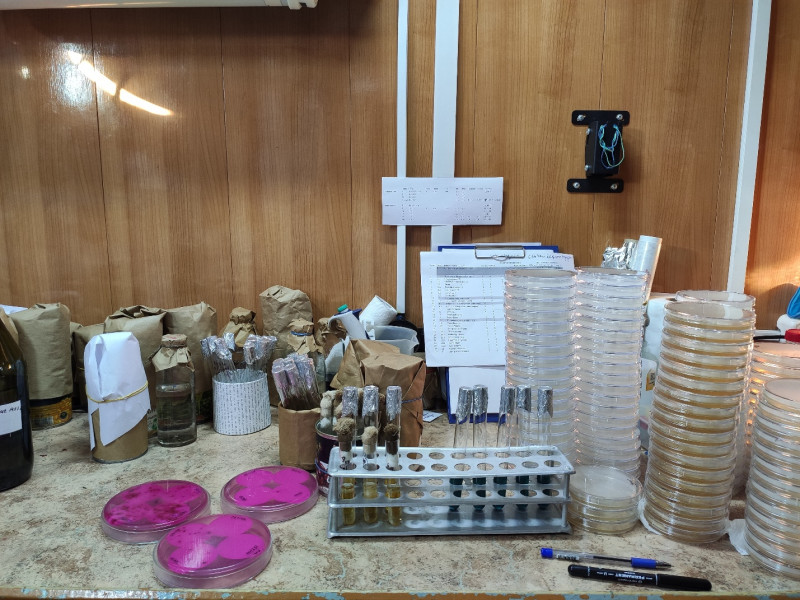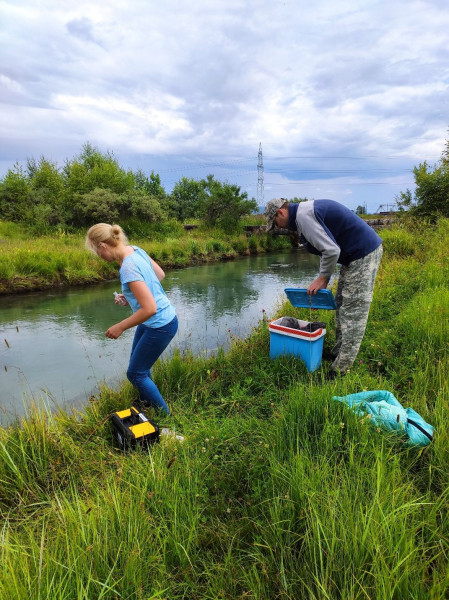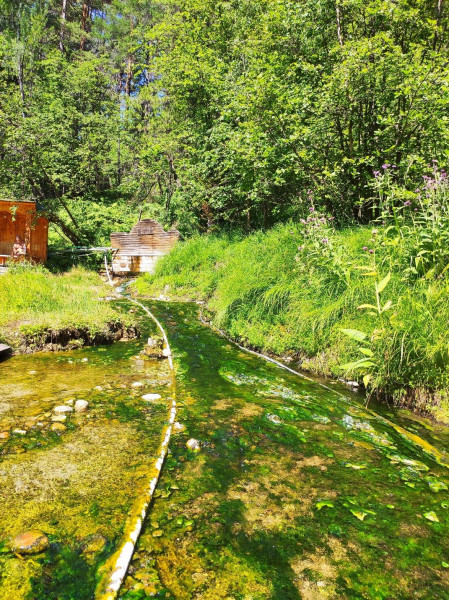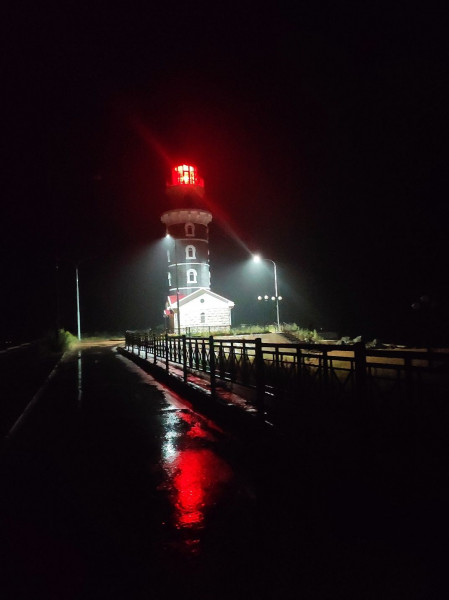Expedition on board the RV “Titov” on July 17-30, 2023
On July 17-30, 2023 the expedition on board the R/V “Titov” was carried out within the State assignment of LIN SB RAS “Study of viral and bacterial communities as the basis for the stable functioning of freshwater ecosystems and an effective response in conditions of anthropogenic impact” (0279-2021-0015) (led by Belykh O.I.). The field works were conducted in the pelagic part of Lake Baikal at the central sites of the transects of Listvyanka–Tankhoy settlements, Cape Ukhan–Cape Tonky, Cape Elokhin – Davsha River, and in the littoral zone of Kultuk settlement, the towns of Slyudyanka, Baikalsk, Vydrino, the settlements of Tankhoy, Listvyanka, Bolshye Koty, Bolshoe Goloustnoye, Babushkin town, Peschanaya Bay, Posolsky Sor, the settlements of N. Enkhaluk and Turka, Aya Bay, the bays of Maloye More, Baikalskoye village, the towns of Severobaikalsk and Nizhneangarsk, Chivyrkuisky and Barguzinsky Bays, hydrotherms (Khakusy and Zmeinaya Bay), and in the areas of the discharges of WasteWater Treatment Plant of Slyudyanka town.
The aim of the expedition is: to obtain data on the quantitative distribution of sanitary-indicative microorganisms in the Lake Baikal ecosystem, to investigate the abundance and species diversity of bacteria involved in the nitrogen and phosphorus cycle, to study the genetic, taxonomic, functional composition and structure of microbiomes of different ecotopes of Lake Baikal.
The planned expeditionary works were carried out in full. Study was conducted at 59 sites. There were taken 71 water samples for sanitary-microbiological study, 23 water samples for cyanophage isolation, 40 samples of phytoplankton and autotrophic picoplankton, 65 plankton samples for determination of chlorophyll as an indicator of a water body trophicity, 30 plankton samples for isolation of total DNA and further molecular biological study, 5 water samples for molecular-genetic studies of viral communities, 75 water samples for hydrochemical analysis. Domestic test systems for express-detection of microcystin in lake water when cyanobacteria bloom were also tested.
Water quality was assessed at all sites for the main sanitary-microbiological parameters, and there were found to exceed the standards of SanPiN 1.2.3685-21 “Hygienic standards and requirements to ensure the safety and (or) innocuity of the habitat factors for humans” in the areas of: Baikalsk town, Listvyanka settlement, Tankhoy settlement, Bolshoe Goloustnoye settlement, Babushkin town, Posolsky Sor, Peschanaya and Aya Bays, bays of Maloye More (Bazarnaya Bay, Kurkutskaya Bay, Mandarkhan Bay, Shida Bay, Khuzhirsky Bay), Chivyrkuisky Bay (lake Arangatui, Monakhovo, Kurbulik settlement), six of seven rivers (Goryachy spring, Pereyomnaya, Snezhnaya, Solzan, Pokhabikha, Medlyanka) and two investigated hydrotherms (Zmeinaya Bay).
Significant exceedances of sanitary-bacteriological indicators were detected in Listvyanka settlement (E. coli – 4 times, enterococci – 4.7 times), Maloye More (enterococci – 4.5 times and 6 times, respectively in the bays Kurkut, Shida and Bazarnaya), Chivyrkuisky Bay (E. coli – 5.2 times, enterococci – 6.4 times in Monakhovo), Babushkin town (E. coli - 1.7 times, enterococci - 20 times). The Pokhabikha and Medlyanka rivers are characterized by the lowest quality of river water exceeding the values of TCB were in 11 and 1.2 times, E. coli - in 58 and 5 times, enterococci - in 186 and 63 times, respectively.
According to the analysis results, the treated effluent of the WasteWater Treatment Plant of Slyudyanka town didn`t not meet the requirements of SanPiN 1.2.3685-21. Slyudyanka town recorded the excess of all indicators of treated wastewater: TCB - 4200 times, E. coli - 17000 times, enterococci - 36000 times, which indicated, most likely, the absence of disinfection stages.
Domestic test systems for express-detection of microcystin in water revealed that the indicators of this toxin for this year within the study period didn`t not exceed WHO norms, but phytoplankton biomass in the Turka River, at the mouth of the Kuchelga River, and in the coastal zone of Nizhneangarsk contained microcystin. Also, 24 bacterial strains were isolated for screening of degradation abilities to microcystin.




